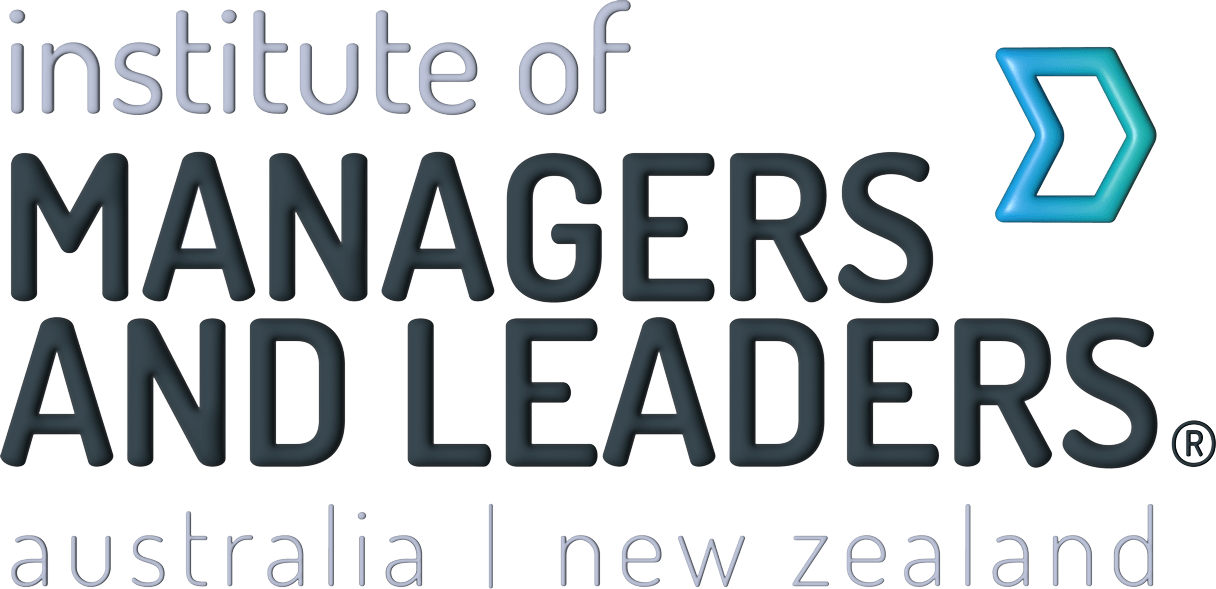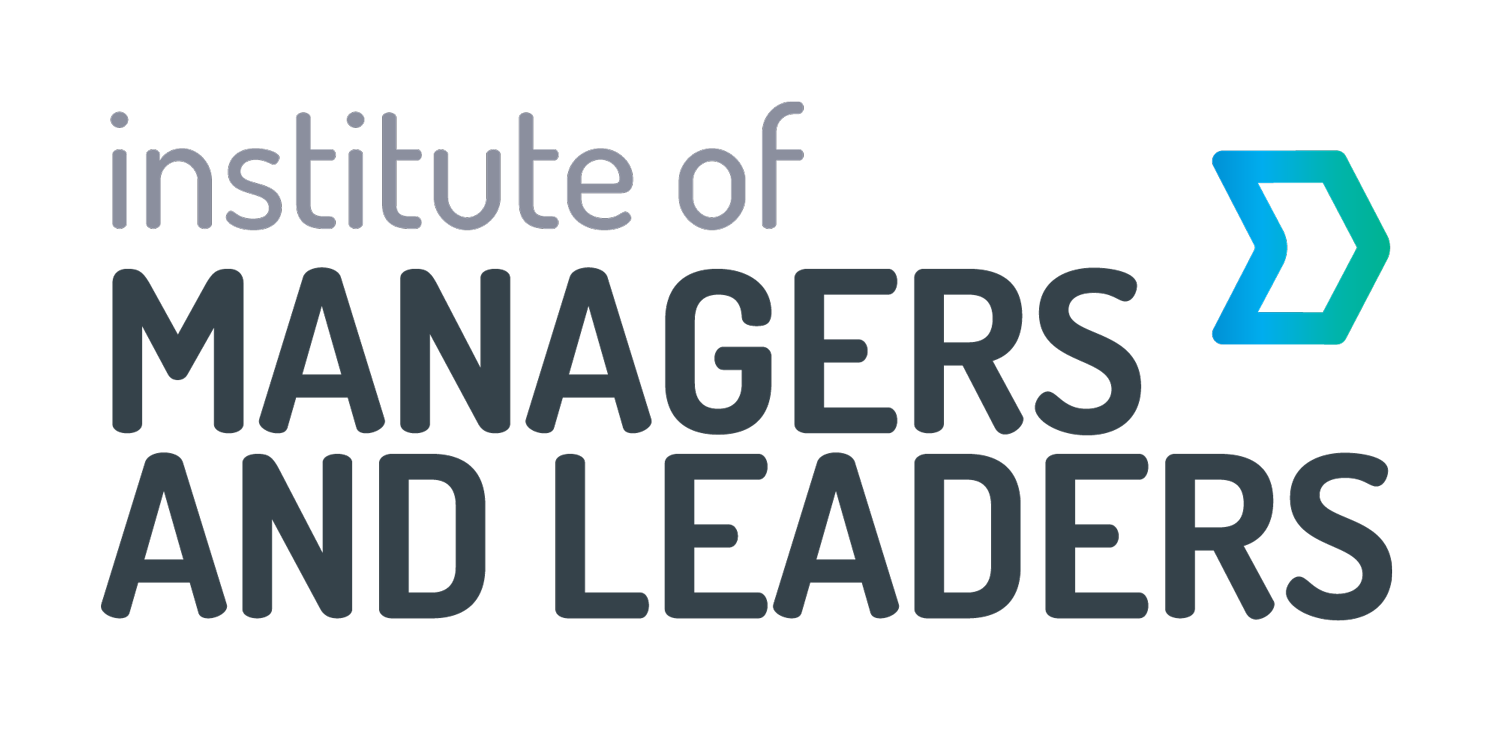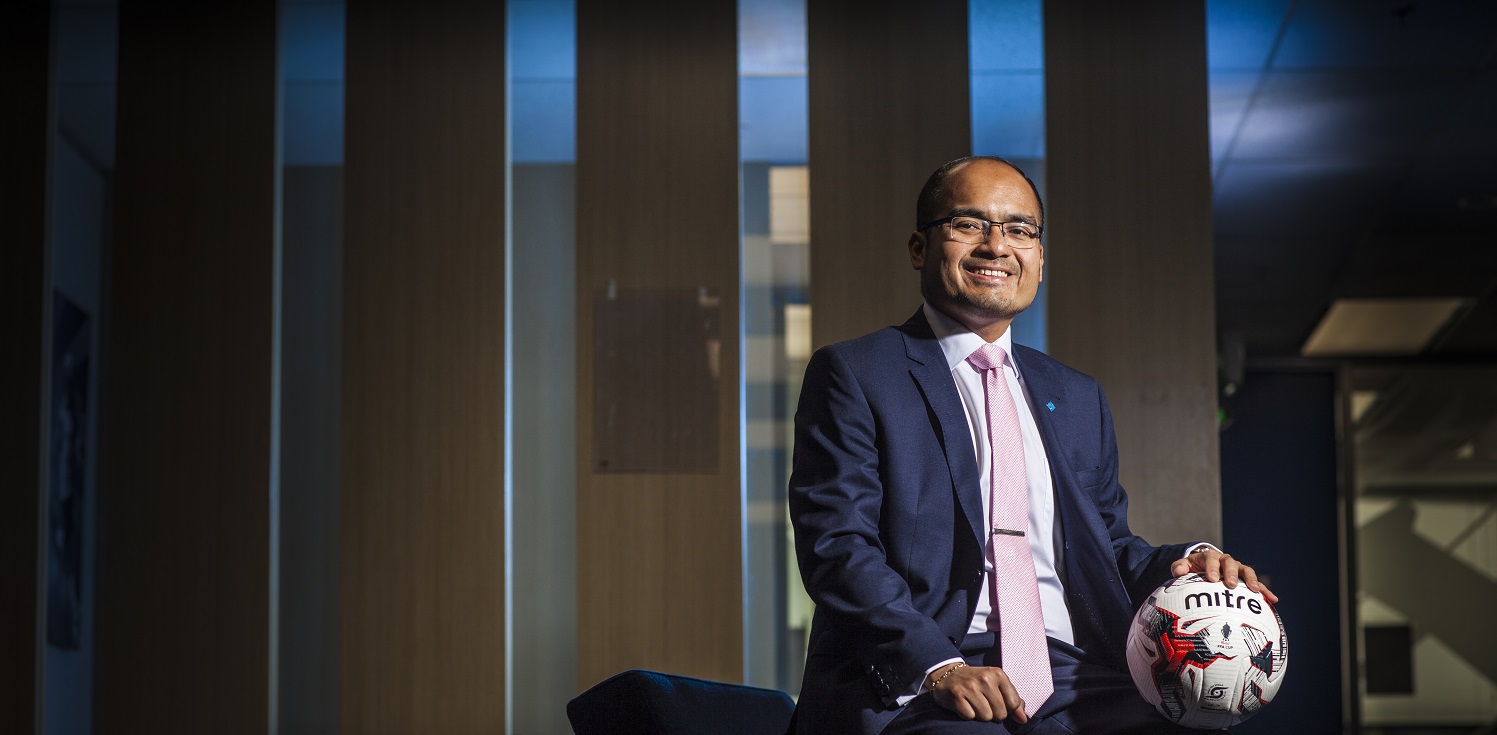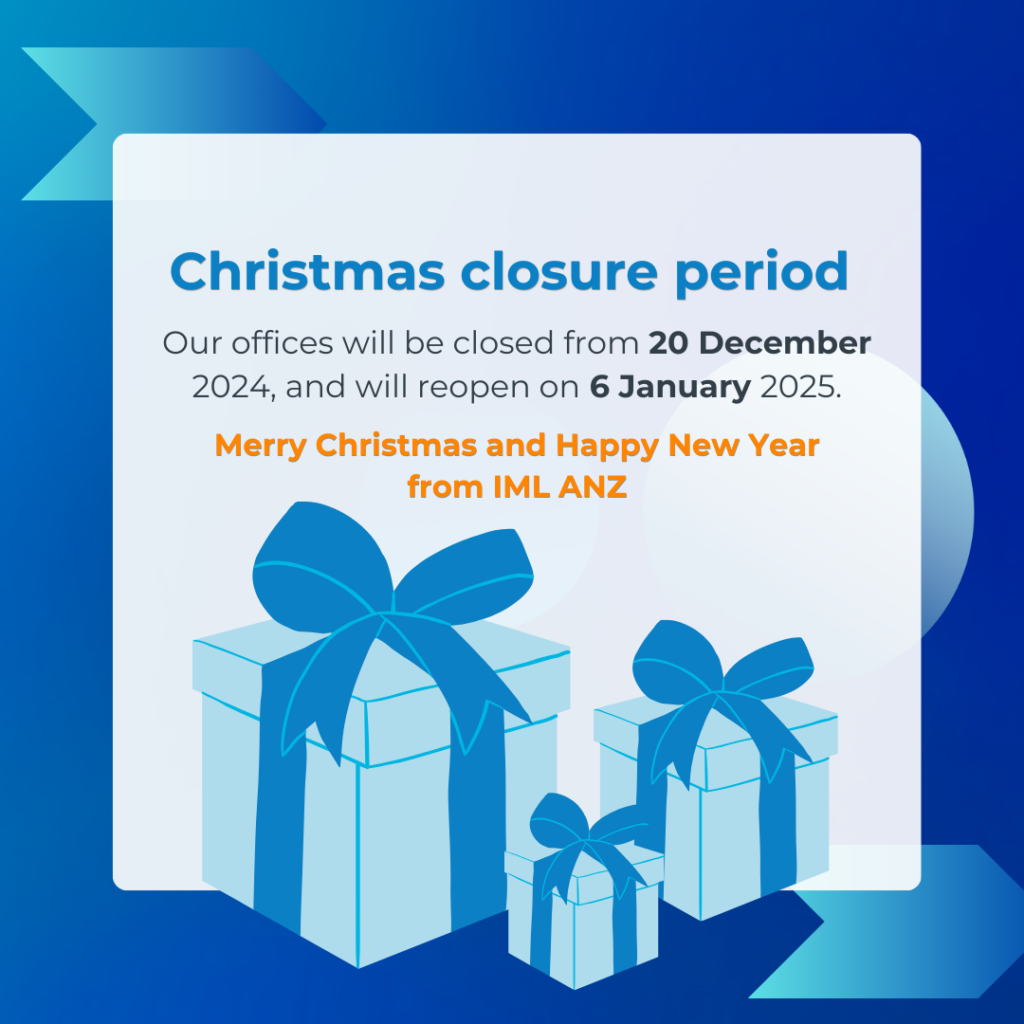Written by Phil Crenigan FIML, Executive coach and the Managing Director of Executive Turning Point.
Leadership coaching is big business. while it can have a positive influence on your career, much of the benefit comes down to finding the coach who is right for you.
JUST LIKE LIFE, our careers do not run in straight lines. A leadership coach can at least help to keep you on the right path, so long as you do your research and find the right one.
Recent studies have confirmed that engaging the right external leadership coach has a profound and measurable effect on positive engagement. It can also unlock potential and increase performance in two main ways – developmental coaching and coaching to resolve a problem or potential risk. In the latter case, I would argue that every coaching experience is a positive one, provided the organisation or individual will acknowledge that a problem or risk exists.
DEVELOPMENTAL COACHING
A leadership coach can help you to develop greater emotional intelligence. They can also help improve your skills and knowledge and provide frameworks for work/life balance, which is essential for good leadership. At an interpersonal level, a coach can support a leader in a new role and help teams set the bar for inspiring behaviour.At an organisational level, they can support the succession planning process by helping people realise their potential.
They can also fast-track the development of those with high potential and assist those who are leading transformational change or who have to influence a board. One of the most rewarding aspects of my work is acting as the team coach to build high performance. The ability to inspire others is a critical trait of successful leaders, but knowing how to build high performance is not always easily understood.
COACHING TO RESOLVE PROBLEMS OR RISKS
A leadership coach can help prevent career derailment and reduce stress levels or other emotional factors that might be interfering with performance. They can assist the coachee to address career-limiting behaviours and to avoid cultural misalignment in new roles. Where talent retention is an issue for an organisation, the engagement of a leadership coach can make a significant difference to the employment brand. A skilled leadership coach will be effective at reducing conflict between team members and closing gaps in the leadership skills that may be required in transformational change.
An experienced external leadership coach is usually preferred over internal coaches, given they tend to have less bias, focus on the right issues and require commitment and application of just-in-time learning. As personal development is often a casualty of time-poor executives, the engagement of an external leadership coach is both efficient and effective as there is a specific focus on outcomes.
CHOOSING A LEADERSHIP COACH
When it comes to selecting the right coach for you or your organisation, you must understand what you want to achieve from the process. As with many professions, there are outstanding coaches out there. However, as Leo D’Angelo Fisher described in his 2013 Australian Financial Review article ‘Time for Executive Coaching to come out of the shadows’, it seems there are more executive coaches out there than Elvis impersonators. D’Angelo Fisher wrote: “Coaching is one of the most heavily spun sections of the consulting fraternity.
I have met many scores of coaches over the years; they have ranged from impressive trusted advisors and confidantes of substance to opportunistic spivs, flakes and carpetbaggers.” This simple checklist can help you choose the right coach.
1. START WITH THE ISSUE
What is the purpose of coaching and what is the desired outcome? What does success look like? How might you measure the outcome? Ensure you have secured support from your boss whatever level you are.
2. IDENTIFY A SHORTLIST OF COACHES
Ensure they have the experience to address your issues and avoid having a coach imposed upon you.
3. DO YOUR OWN DUE DILIGENCE
What do you see when you Google a potential coach’s names? Do they have strong recommendations from former clients on LinkedIn?
4. SEEK EXAMPLES FROM YOUR CANDIDATES
Ask them to show how they have addressed a particular issue in the past and understand the process they will adopt. Be clear on what style of coach you want and assess whether they are the right fit in your initial discussions.
5. ASK TO SPEAK TO THEIR CLIENTS
Find out what it is like to be coached by this person.
The relationship you develop with your leadership coach will be one of deep trust and respect, so it is worth being rigorous in the selection process so you get the most out of it.















